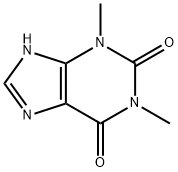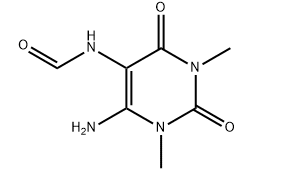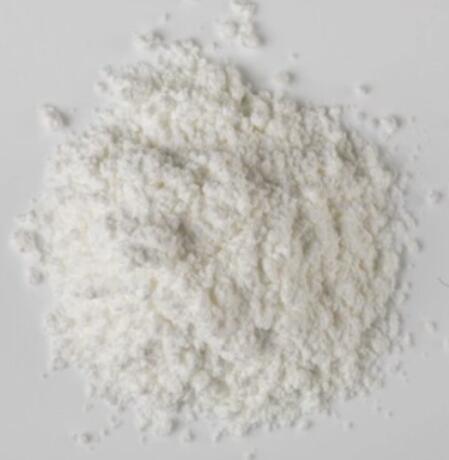The toxicology of theophylline
Introduction
Theophylline can reduce the tension of smooth muscle and dilate respiratory tract[1]; It can promote the release of endogenous epinephrine and norepinephrine and relax airway smooth muscle; Inhibit the release of calcium ions from the endoplasmic reticulum of smooth muscle, reduce the concentration of intracellular calcium ions and produce respiratory tract dilation. Theophylline has a strong relaxation effect on smooth muscle, but it is not as good as β Receptor agonists. On October 27, 2017, the list of carcinogens published by the international agency for research on cancer of the World Health Organization was preliminarily sorted out for reference. Theophylline was included in the list of Category 3 carcinogens.
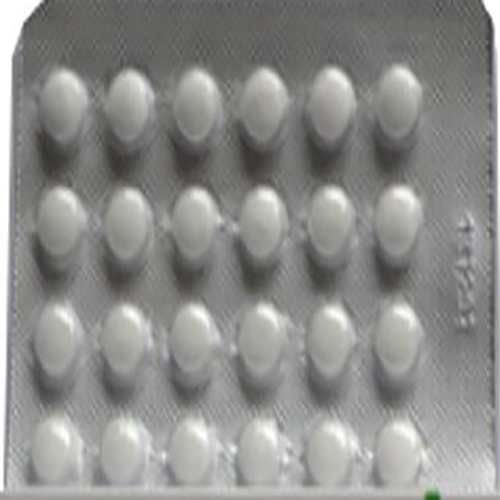
Picture 1 Theophylline tablets
Application
Theophylline is used in bronchial asthma, acute bronchitis, asthmatic bronchitis, obstructive emphysema, etc. to alleviate wheezing symptoms. It is also applicable to the symptoms of bronchospasm associated with chronic bronchitis and emphysema. Theophylline can be used in patients with cardiogenic asthma, cardiogenic edema and acute cardiac insufficiency. Theophylline can also be used in patients with biliary colic[2].
Adverse reaction
Oral theophylline can cause heartburn, nausea, vomiting, arrhythmia, lack of appetite and abdominal distension. It can also be seen that the measured value of serum uric acid increases. Long term use can cause headache, insomnia and palpitation. Local irritation is large. Intramuscular injection can cause local pain, redness and swelling, and insomnia or uneasiness can be caused when the amount of treatment is used.
Matters needing attention
This product should be taken after meals to reduce gastrointestinal irritation; Smoking, chronic alcoholism and induced liver drug enzymes can reduce the plasma concentration of theophylline, and the dose of theophylline needs to be increased appropriately. Theophylline can cause arrhythmia and worsen the original arrhythmia. Close attention should be paid to any change in the patient's heart rate or rhythm. Theophylline is injected intravenously too quickly or the plasma concentration of theophylline is higher than 20% μ G / ml, there may be toxic reactions, such as arrhythmia, accelerated heart rate, muscle fibrillation, epilepsy, transient hypotension or peripheral circulatory failure. When theophylline concentration is higher than 40 μ G / ml, fever, water loss, convulsion, etc. can occur. In severe cases, it can cause respiratory and cardiac arrest and death. Pre taking sedatives can effectively prevent it. It is forbidden for patients with peptic ulcer and untreated epilepsy. It should not be used simultaneously with ephedrine or adrenaline.
Toxicology of theophylline
The pharmacological action of theophylline is related to blood concentration. The safe range of effective blood concentration is very narrow, such as blood concentration 10 ~ 20 μ Bronchiectasis at g / ml, more than 20 μ G / ml can cause toxic reaction. Oral absorption is unstable. There are many factors affecting its clearance in the body, and there are great individual differences. It is difficult to control the concentration in the blood, so it is easy to be poisoned. Overdose may occur if the dosage is too large at one time, the speed of intravenous injection is too fast, or the effect of repeated medication is accumulated. Sometimes it is misdiagnosed as the original disease itself, and sometimes it is not easy to be misdiagnosed as poisoning; Therefore, the dosage of theophylline was wrongly further increased, resulting in serious poisoning. Infection can affect theophylline metabolism, increase blood concentration, and even reach the level of poisoning. Other factors that can increase theophylline blood concentration include liver disease, congestive heart failure, respiratory failure, chronic obstructive pulmonary disease, renal failure, metabolic acidosis, high fever, female, young, old and obese. It was stressed that the elderly intravenous aminophylline is easy to cause poisoning, so it is not suitable to give the elderly intravenous aminophylline.
Reference
1 Barnes P J. Theophylline[J]. American journal of respiratory and critical care medicine, 2013, 188(8): 901-906.
2 Barnes P J. Theophylline: new perspectives for an old drug[J]. American journal of respiratory and critical care medicine, 2003, 167(6): 813-818.
);You may like
Related articles And Qustion
Lastest Price from Theophylline manufacturers
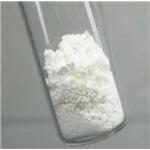
US $70.00-60.00/kilograms2024-04-30
- CAS:
- 58-55-9
- Min. Order:
- 10kilograms
- Purity:
- 99%
- Supply Ability:
- 100tons
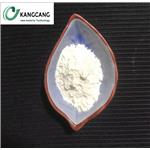
US $9.00-80.00/gram2024-04-30
- CAS:
- 58-55-9
- Min. Order:
- 1gram
- Purity:
- min99%
- Supply Ability:
- 100 tons
